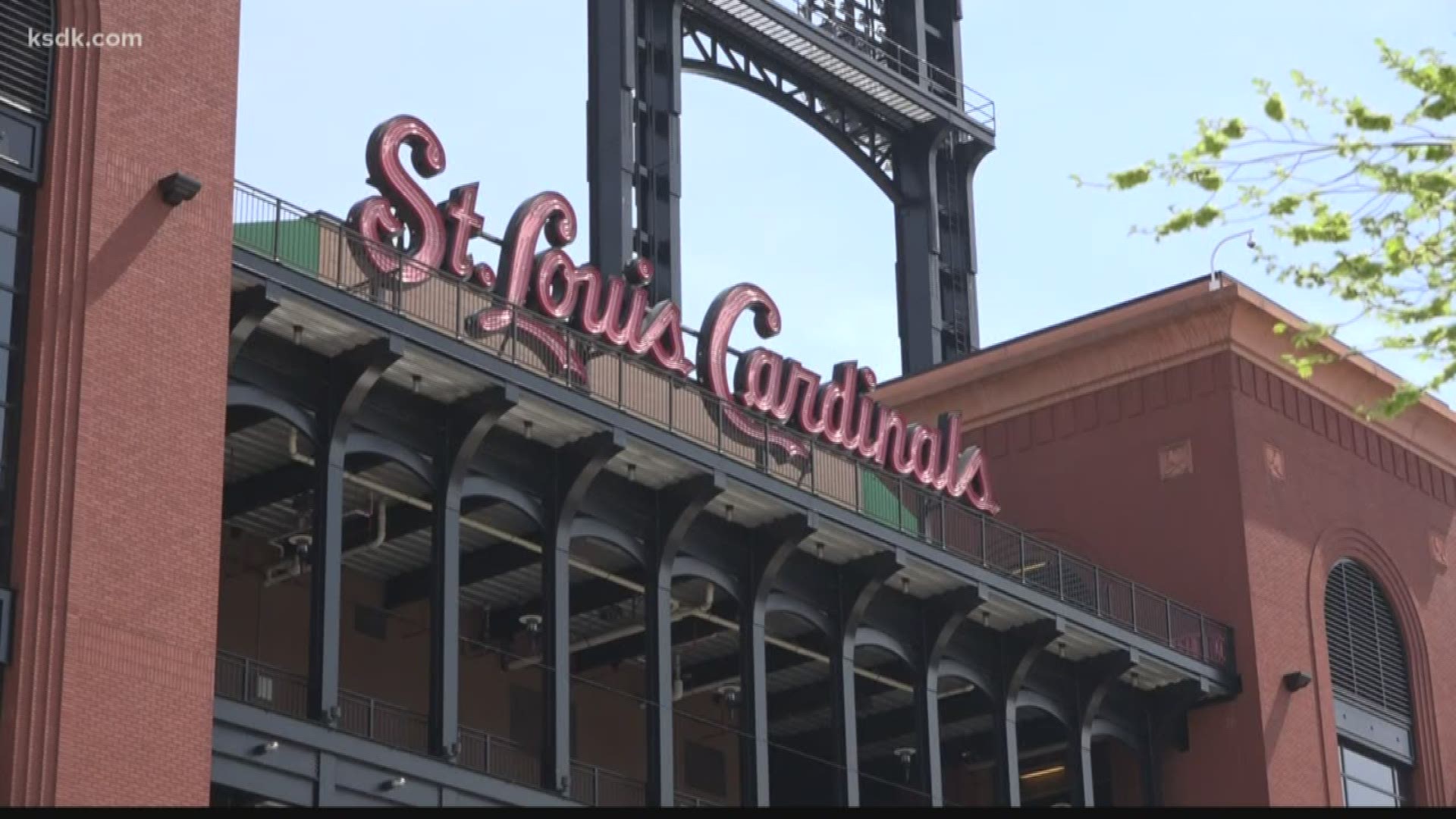ST. LOUIS — On Tuesday, Major League Baseball sent out an official statement announcing the league’s discussion to actively consider multiple plans to begin the season once the public health pandemic improves.
The season could begin as soon as mid-May.
MLB added that it has not settled on a specific plan yet, but the most prominent proposal yet would involve all 30 MLB teams playing in Arizona. The teams would potentially play across 11 different ballparks, including the stadiums that host spring training, and Chase Field.
All stadiums are within roughly 50 miles of one another, as opposed to the spring training stadiums in Florida, which are spread out over roughly 220 miles.
The idea of having all teams play in close proximity would provide the league to schedule more games in a condensed amount of time. There’s no clarity on how many games would be played in Arizona, or if fans would be allowed in the stadium if the public health improved over time.
St. Louis Sports Medicine Dr. Rick Lehman said empty stadiums could minimize risk without fans present, but wouldn’t minimize risk for athletes, staff, MLB personnel, and broadcast network employees televising the games.
“If the goal is to have nobody test positive and no viral transmission, that’s impossible,” Lehman said. “If one person gets it, you’re going to see a spread like a nursing home. You’re going to have two or three teams in every locker room, like you said, and you’re going to have a high density. As soon as you have high density, you’re gonna have a spread.”
MLB added that in this plan, it would rely on a significant increase in COVID-19 tests for players and staff, with the goal of not diminishing the supply of the general public.
“If you’re gonna test everybody that comes and goes,” Lehman said. “And that’s a lot more people than you think. It’s not just the baseball players, and the coaches, but it’s all the ancillary stuff. You’re clearly going to be taking tests away from the general population.”
Lehman added that even if there were enough tests to go around by mid-May, the process would be strenuous.
“Are you gonna test them every week?” Lehman asked. “Because if you’re asymptomatic, and we know that at least 50% of the people are asymptomatic carriers, you’re gonna have to test all these athletes virtually every week. Because you don’t know who’s gonna be an asymptomatic carrier, and who’s gonna turn positive. So, for how many months are you gonna test every athlete every week?”
MLB added that the situation is very fluid, with no set plan. It will remain in contact with government and health officials to determine the best plan moving forward.

